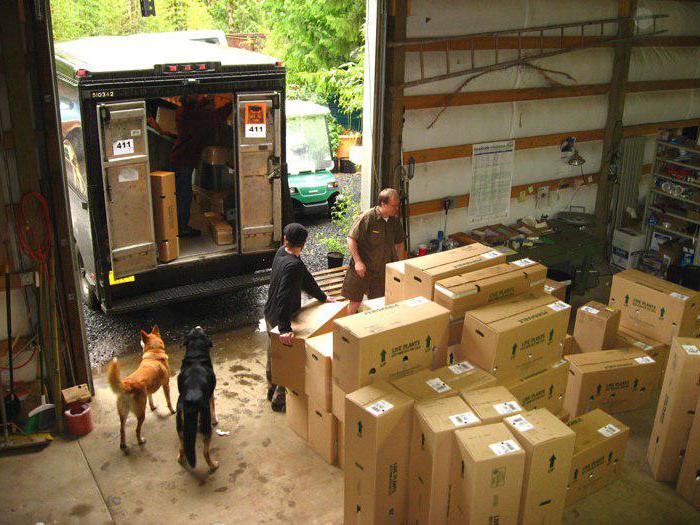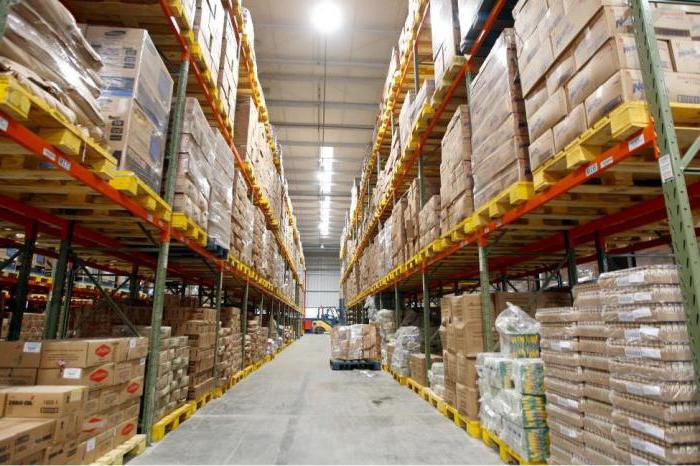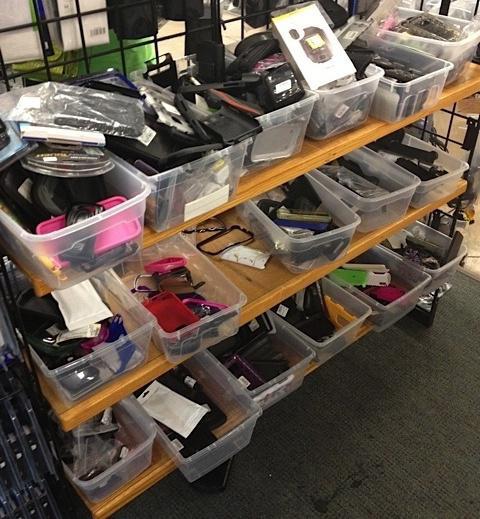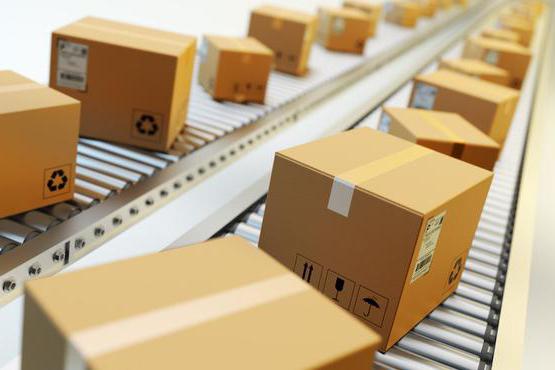Trading organizations, points of sale and warehousing enterprises often face the problem of selling illiquid goods. Untimely resolution of the problem with the sale of products may lead to financial and logistical difficulties. Therefore, you should always have at your disposal an effective algorithm by which illiquid goods can be sold under certain conditions. Of course, marketing under special conditions is not always possible, so experienced commodity experts also provide alternative methods of “liquidating” the ill-fated product.

What is illiquid?
In the classical understanding of the financial sector, illiquid assets are assets that have not been in demand on the market for a long time. In this case, assets are understood as finished products, raw materials, materials and other goods that are intended for sale. Moreover, there are many different definitions of “illiquid” in terms of its status. And here it is important to note the most common characteristic for general-purpose goods. If such products are not in demand within three months, then they can be considered as illiquid goods - this definition also fits into the concept of stale goods. Conversely, products that are regularly sold are considered liquid. But here there can be different levels of demand, according to which the product can be assigned the status of high or low liquidity. In any case, the lack of liquidity is a problem for the seller, which may face a shortage of working capital. Money will be “preserved” in unsold goods, which will reduce the efficiency of the enterprise.
Reasons for the appearance of illiquid goods
Contrary to popular belief, illiquid goods are not just marriage. Most often, stale products are not in demand either due to improper procurement, or due to the loss of consumer quality goods during storage. As for errors in the procurement, they are associated with miscalculations in determining the volume of goods planned for sale. Often this is due to high expectations regarding future sales, as a result of which part of the product is successfully sold, and the other part becomes surplus. There is a procurement tactic for an insured event - that is, the purchaser replenishes stocks in advance above the norm, since in the future it is planned to increase prices from the supplier. In such situations, the risk of receiving illiquid goods due to improper storage is especially great. The fact is that spare goods are often located in the far corners of the warehouse on the upper racks. In the future, they simply forget about him, and he loses paramount properties. There are other factors associated with improper marketing, for example. Even if the product as such is fully consistent with consumer needs, it will not be successful in the market if it is misrepresented in the face of fierce competition.

How to sell illiquid goods?
There are different approaches to the sale of illiquid products, but the main way is sale. It is carried out in three main stages. At the first, a list of goods is compiled, a price list is prepared and a kind of virtual warehouse is formed. This will be a separate group of goods that will be sold on special conditions. At the second stage, it is necessary to determine the categories of reserves that can be sold with different price tags. It should be borne in mind that even in a homogeneous group of goods illiquid is illiquid - discord.Perhaps one product can be sold at almost balanced, that is, the original price. And other stocks cannot be sold even at a significant discount, for example, due to a serious loss of consumer qualities. And how to sell illiquid goods, if it is of no value to the consumer? The tool remains the same - to markdown, but with a large percentage of the discount. Actually, at the third stage, a full price list should be drawn up indicating the categories of goods and price tags with which it will be possible to work with interested counterparties.
Markdown as a tool for the effective sale of "illiquid"
The use of markdowns is strictly regulated by accounting rules and, subject to standards, allows you to effectively get rid of unsold products. First of all, the volume of goods is determined, which, in principle, may be subject to markdown. For this, a commission is formed at large enterprises, which will take an inventory and draw up lists of target goods. In the framework of the same event, the write-off of illiquid goods can be carried out simultaneously - in any case, both decisions must ultimately be signed by the head. Next, the optimal prices are determined for different lists and groups of goods. Take into account the balance value, the current market price for such products, market saturation, consumer properties and other factors. Then, a special department is created in the warehouse, in which discounted goods will be stored with their invoice documents and price lists.
Proper drafting of a sales contract

Ordinary purchase of goods involves certain risks, and operations with illiquid goods are even more dangerous, not only for the buyer, but also for the seller. The proper preparation of the contract will help insure yourself against unpleasant surprises. One of the most common mistakes in making such transactions is an incomplete description of the goods. It is important to initially stipulate all its specific characteristics, because of which it became illiquid. Nevertheless, the buyer has the right to demand the return of the product if it does not suit him with something. This right in full with all the nuances should also be stipulated in the transaction document. Oddly enough, the seller may also be liable for the fact that, for example, the acquired building material became unusable already in the process of fulfilling the contract and requires special disposal. Here we must return to what illiquid goods mean and what is their peculiarity. Such goods may be expired and even dangerous for storage. Toxic hazardous materials in this case will require certain disposal costs. Therefore, it is necessary to fix in the contract who will bear these costs.
Return to seller
The right to return and has the first implementing owner of the goods. Depending on the same conditions of the contract, he can get rid of objectionable products by returning the money invested in it. This approach is quite possible and very common, as large suppliers have much more sales channels and can solve problems with minimal costs. True, as an additional motivation for the supplier to such a form of cooperation, retailers sometimes have to make concessions, while still losing some of the invested funds. That is, the return of illiquid goods occurs at prices that are lower than the original. The percentage of such a discount is also specified in the contract. To the motivating factors for suppliers to such items in the contracts, it is worth adding a completely understandable desire to save a partner.

Domestic sales
The Russian practice of selling illiquid assets has its own characteristics and, accordingly, ways of disposing of stale goods. This experience cannot be called unique, but in our conditions it is very relevant.It is about using illiquid products as a means of paying off bad debts. How to sell illiquid goods in this way? This is the case when an agreement is concluded after the basic transaction with partners, which are usually lenders. If the company has accumulated unforeseen debts, and it is currently not able to guarantee payments on time, the lender may agree to repay the debts in illiquid terms. But it is important to consider that in such situations markdowns with recalculation into debt amounts are most often the least beneficial for the seller.
Wholesale illiquid
Depending on the reasons for the appearance of illiquid goods, the seller may rely on their sale to partners and even competitors at wholesale prices. The large procurement format itself at attractive wholesale prices is more attractive than transactions with small lots. It is more profitable both logistically and financially. In some conditions, the product may not be in demand due to consumer requests, and in another segment the situation will be reversed. The main thing is to find the same competitor who can successfully sell illiquid goods. The sale will be profitable for the buyer. At a minimum, he will be able to count on low wholesale prices, and a maximum on discount percentages directly due to the initial illiquidity.
Other marketing methods

Experienced retailers at their own site practice different methods of marketing goods that are not in demand. One of the simplest is a discount, supported by loud advertising. More sophisticated methods involve diluting products with popular products. For example, LED flashlights can be attached to camping sets or a building tool that can be used in low light conditions. Applications can be offered both as a gift and as an option, available at a minimum price. In any case, the distributor will be able to count on receiving, if not complete, but still the benefits of stale products.
Write-off of illiquid goods
It may well happen that the existing “illiquid” is no longer suitable for sale, regardless of its conditions. For the seller, there is only one option to get rid of it - by writing off. At first glance, this can be done by sending products to a landfill, but there are two formal nuances that must be resolved during the decommissioning process. The most common question in this regard is how to write off illiquid goods so that there are no problems with tax accounting? For this, it is necessary to substantiate and confirm the fact of writing off products that are really unsuitable for sale. Here, the company decides whether it will translate the cost of these goods into total expenses, which will allow it to reduce income tax. The second nuance is associated with the disposal of goods, which was already mentioned above. In case of write-off, the organization fully incurs the costs of the destruction of unsuitable for sale products. But this applies only to certain types of goods - for example, household chemicals, some medicines, paints and varnishes, etc.
Illiquid Prevention

In practice, two main methods have been developed to prevent unpleasant situations with stale goods. First of all, this is a thorough audit of the lots of products coming for sale. A full inspection of the goods is carried out before and after the purchase. Further, during the storage process, regular inspection of the goods that are stored in the warehouse should be carried out. This is especially true for "long" storerooms, which are in demand from season to season. So that illiquid goods do not accumulate in large quantities, it should also be diluted with popular products. For example, it can be placed on display cases with liquid products - this will attract additional attention.
Are there any advantages to an illiquid product?
Indeed, there are also positive aspects in situations when implementers are faced with “illiquid assets”. For example, the situation in the wholesale markets is almost always dynamic and rarely happens when the same product stably holds demand. Therefore, the delay in the goods in the retailer’s warehouse in the long run, sooner or later, can make it in some ways a monopolist on its site. In addition, problems with slow-moving goods often encourage novice trading companies to work more responsibly with accounting and inventory control.

Conclusion
For most retailers, working with stale goods without high demand is a regular situation. Companies with many years of experience sell illiquid goods through debugged channels in continuous sales modes. Therefore, the search for optimal ways to deal with slow-moving stocks is more relevant for start-up companies that are still developing in their segment. To this is also worth adding the benefits of preventive measures to combat "illiquid assets." Moreover, this is rather not a matter of preventing the accumulation of unclaimed goods, but normal accounting and marketing activities, which should be generally aimed at maintaining the effectiveness of the trading enterprise.